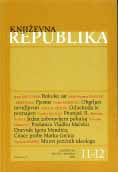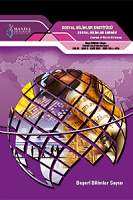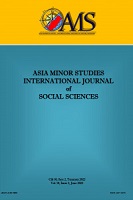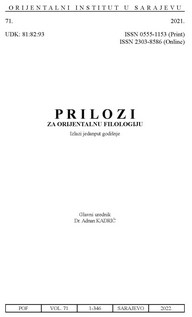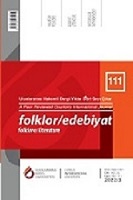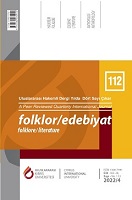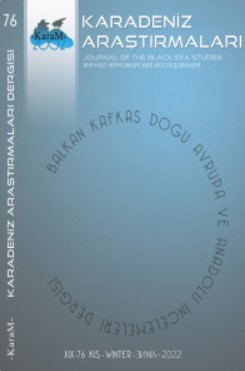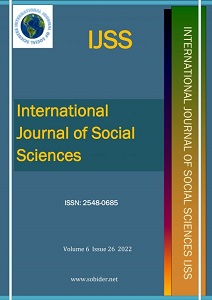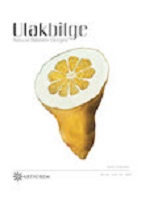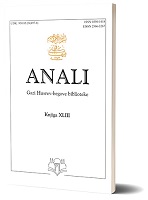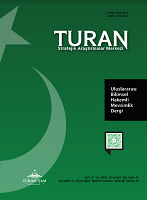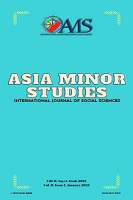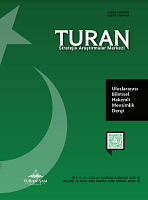Author(s): Yücel Özdemir / Language(s): Turkish
Issue: 57/2023
The phenomenon of migration, which has existed since the observing observations of humanity, in its simplest definition, is the movement of living or a group of people, depending on various reasons, from where they are or where they live, to another place. Necati Cumalı, one of the important figures of the Turkish literature world, is the child of an immigrant family who was exposed to forced migration with his family. The Emigrant Writer Necati Cumalı, whose owner also experienced the migration himself, handled the general migration phenomenon of his works, as well as the fact that many people wrote works of literature. In addition to his novels and poems, the issues of immigration and immigrants were also dealt with in the theater plays he wrote. Among the theater plays, Gömü is theatrical plays written about immigrants who went to Greece from the Urla district of İzmir, immigration to Germany in Kuyu, and internal migration from the Black Sea to Urla in Ezik Otlar. First of all, both literature and expenditures have been used, since the study is based on literature and education and does not aim to find and reveal the ways in literary works. According to Eagleton, while presenting the society and people in every aspect of his life, he takes his place in the face of modern literature. Because, moving away from the realities of modern literature, language, myth, imagination, the structure of the human mind, etc. did not overcome the alternative narrative such as What is literary emerges by being hidden as a situation in which individuals teach each other (Eagleton, 2014, p. 203). It is the definition of literature or the state of revealing a literary work that did not exist before. In the studies of sociology of literature, the author's position in society should be addressed from his birth, and analyzes and examinations should be made without denying the effect of developmental processes on the author. Therefore, avoiding to analyze the bidirectional relationship of the author, who performs this function/operation, with the society, leaves the study unfinished in one aspect. In the study, migration, which is the theme of Necati Cumalı's Theater Plays titled "Gömü, Kuyu, Ezik Otlar" in the sociology of literature, was carried out using the text-content-analysis method in line with the qualitative research.
More...
